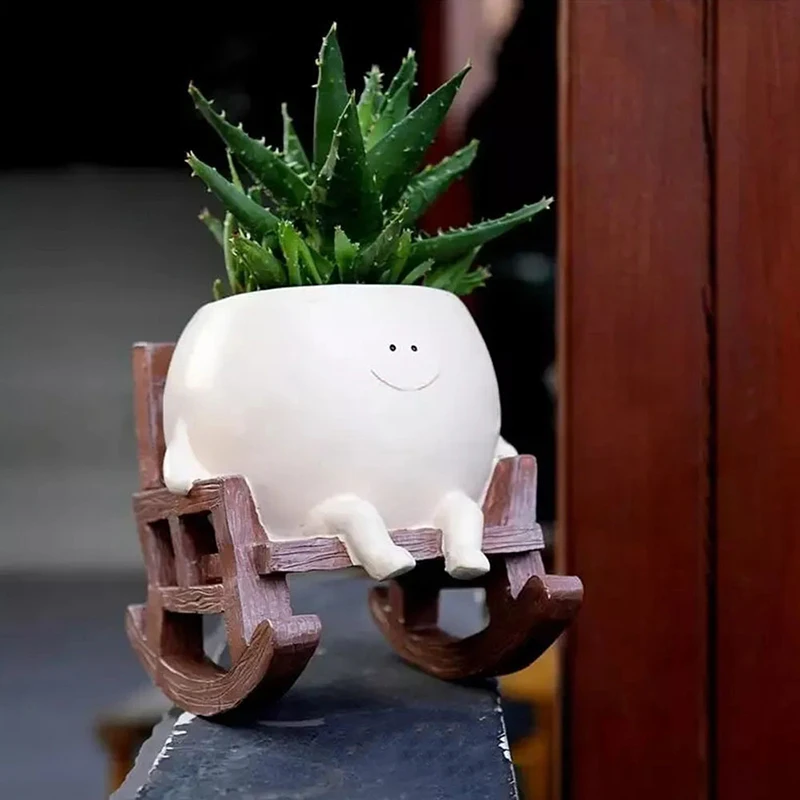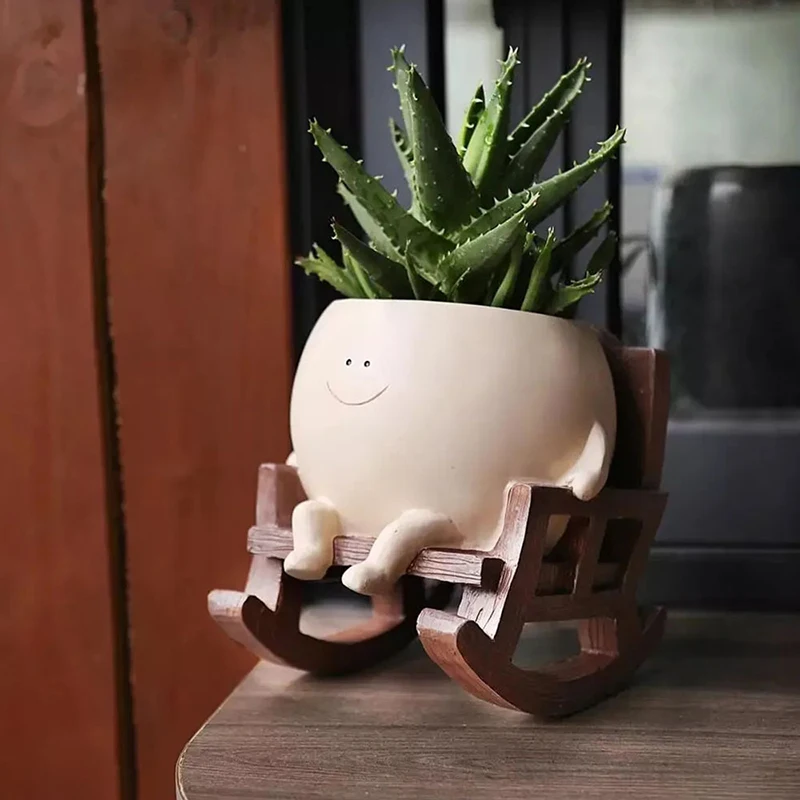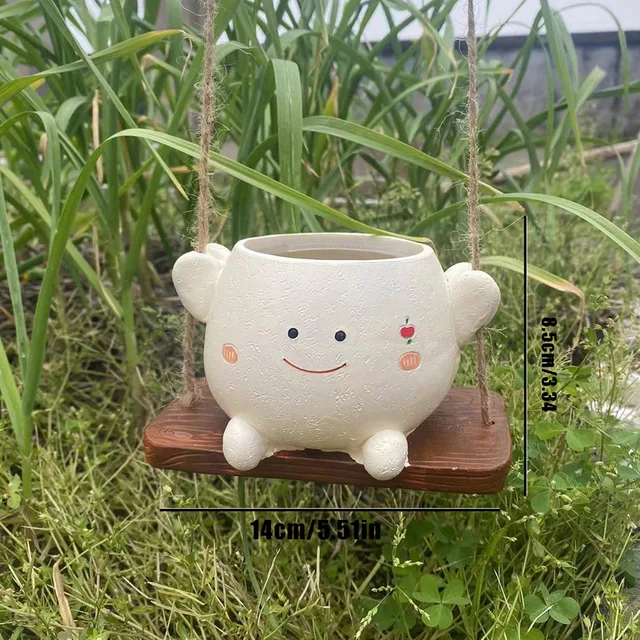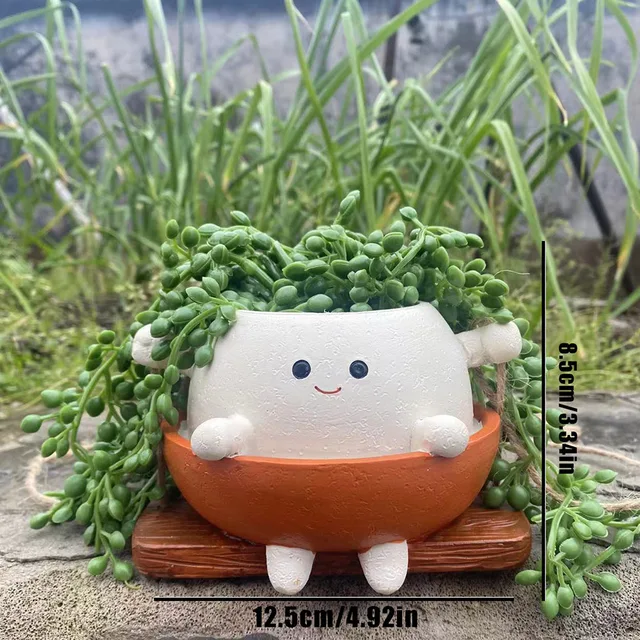When aiming to enhance your outdoor living space, few things can rejuvenate its beauty and charm as effectively as creatively painted flower pots. Whether you’re an experienced DIY-er or a novice with a keen interest in gardening, transforming your plastic flower pots can breathe new life into your garden or patio. Not only does it provide a surge of color and personality to your outdoor decor, but it also serves as a practical way to recycle and repurpose materials you likely already have at home. This article guides you through every step of the painting process, while giving you tips and ideas for creating stunning pots that can brighten any outdoor area.
Understanding the Benefits of Painting Plastic Flower Pots
Before diving into the intricate process of painting, it’s essential to understand why you should consider transforming your plastic flower pots in the first place. Plastic pots are lightweight, durable, and affordable, making them a staple in many gardens. However, their basic, often bland appearance can detract from the overall aesthetic of your outdoor space. By painting these pots, you not only give them a facelift but also allow for greater personalization.
Painted plastic pots can introduce style and vibrancy to your outdoor setup. Livening up your outdoor decor with colorful pots can create a warm and inviting atmosphere, especially during spring and summer months when gatherings often occur. Painting also allows you to match pots with your outdoor theme or even with your home’s exterior. As you create coordinating colors and patterns, you cultivate a space that feels coherent and thoughtfully designed. Beyond aesthetics, painting protects plastic from sun exposure and UV rays, potentially extending the lifespan of the pots.

Preparing Your Plastic Pots for Painting
Before you grab the paintbrush, preparation is key. The process of painting plastic flower pots begins long before the first stroke of paint touches the surface. First, ensure the pots are clean and free from any dirt or residues. A mixture of mild soap and warm water typically does the trick. Use a soft sponge to scrub away any grime, particularly from the inside, as any leftover soil may affect the adhesion of the paint. Rinse the pots thoroughly with clean water, and allow them to dry completely.
After the pots are clean, inspect them for cracks or deformities. If you notice any damage, consider patching it up with clear epoxy or caulk to prolong the pot’s life and maintain an even surface for painting. Next, lightly sand the surface of the pots with fine-grit sandpaper. This step isn’t merely cosmetic; roughing up the plastic slightly will help the paint adhere better. Sanding creates tiny grooves where the paint can grip more effectively, reducing the chance of peeling later.
Choosing the Right Paint for Plastic Pots
Selecting the right type of paint is pivotal when it comes to getting the desired results for your painted flower pots. For plastic surfaces, acrylic or spray paint designed explicitly for plastic or outdoor use often yields the best outcomes. Acrylic paints, in particular, are versatile and can be easily mixed to create the shades you desire, while their water-based formula facilitates easy cleanup. Moreover, acrylics are durable against outdoor conditions.
If you prefer spray paint, look for products that advertise their suitability for plastic. When using spray paint, remember that this method allows for more even coverage, providing a seamless appearance across the surface. However, it’s essential to work in a well-ventilated area and take precautions such as wearing a mask and protective eyewear to safeguard against fumes.
Getting Creative: Techniques for Painting Plastic Pots
Now comes the fun part—bringing your creativity to life on the plastic pots! Various techniques can be employed, depending on the effect and finish you’d like. A simple yet cheerful approach is to use solid colors and block patterns. You can paint the entire pot one color or create stripes, circles, or polka dots for a modern look. Don’t be afraid to mix colors and create a gradient effect from one hue to another for added visual depth.
For those who wish to transport their artistic vision even further, consider stenciling designs. Create or purchase a stencil that speaks to you and secure it to the pot using painter’s tape. Use a sponge brush or spray paint to carefully apply color through the stencil. Remove the stencil slowly to reveal your design, and paired with a contrasting background color, stenciling can evoke a professional feel to your DIY project.

Adding the Finishing Touches: Sealing and Drying
Your painting experience isn’t complete until you seal your artwork to protect it from the elements. After you’ve let your pots dry completely—the drying time may vary depending on the paint type—apply a clear sealant, particularly if the pots will be outside. A waterproof sealant discourages water damage while keeping colors bright and reducing the likelihood of fading.
When applying sealant, ensure you follow the manufacturer’s recommendations regarding the number of coats and drying time. Typically, two or more light coats are preferred. Apply the sealant using a spray technique to maintain a smooth finish without brush strokes. Additionally, be cautious of applying the sealant in areas with high humidity or direct sunlight, as it may affect drying times and adhesive properties.
Showcasing Your Masterpieces: Arrangement and Display Ideas
Once your painted flower pots are ready and full of flowers, it’s time to showcase your masterpieces! Strategic arrangement plays a crucial role in elevating your outdoor decor. Consider grouping pots of varying heights and colors for a visually stimulating display. Layering plants, where taller varieties stand behind shorter ones, can create a stunning backdrop against fences or walls.
Using tiered planters can also maximize space and add dimension to even the smallest garden. Alternatively, hanging pots can introduce a sense of whimsy to your outdoor area. By suspending pots from hooks or using balcony railing planters, the upward movement draws the eye and creates an engaging interplay of colors.
Maintaining Your Painted Flower Pots
After all your hard work painting your plastic flower pots, maintaining their beauty is essential. While the sealant helps protect against the elements, regular upkeep can extend their lifespan. To keep painted surfaces looking fresh, wipe them clean with a damp cloth regularly to remove dirt buildup. Use gentle cleaning solutions that are free from harsh chemicals, as they can degrade the paint over time.
During colder months, if you live in an area with freezing temperatures, consider bringing pots indoors or covering them to shield against frost, which can damage both the pots and the plants. On warmer days, monitor how the sun affects your painted pots; prolonged exposure to direct sunlight may cause fading or degradation. If you notice any peeling or chipping, touch up these areas promptly to sustain the vibrant look of your pots.

Conclusion: Personalize and Enjoy Your Outdoor Spaces
Transforming plastic flower pots through paint is not merely an act of creativity; it’s a gateway to expressing yourself and infusing your outdoor spaces with life and color. The ability to customize elements of your garden provides not only satisfaction but also a sense of pride in your home and its aesthetics.
Whether you aim for an elegant, rustic, or whimsical look, painted pots can align with your desired theme while offering versatility in color and design. The process—from preparation and painting to arranging and maintaining—will contribute significantly to developing your outdoor oasis.
